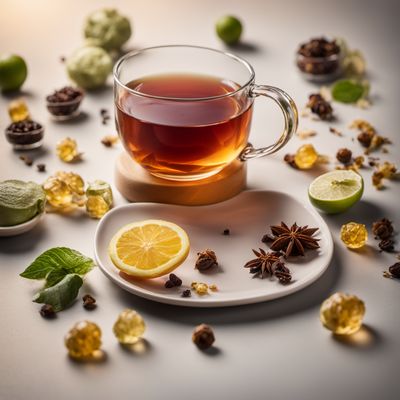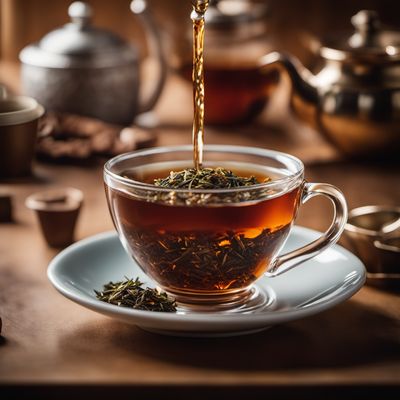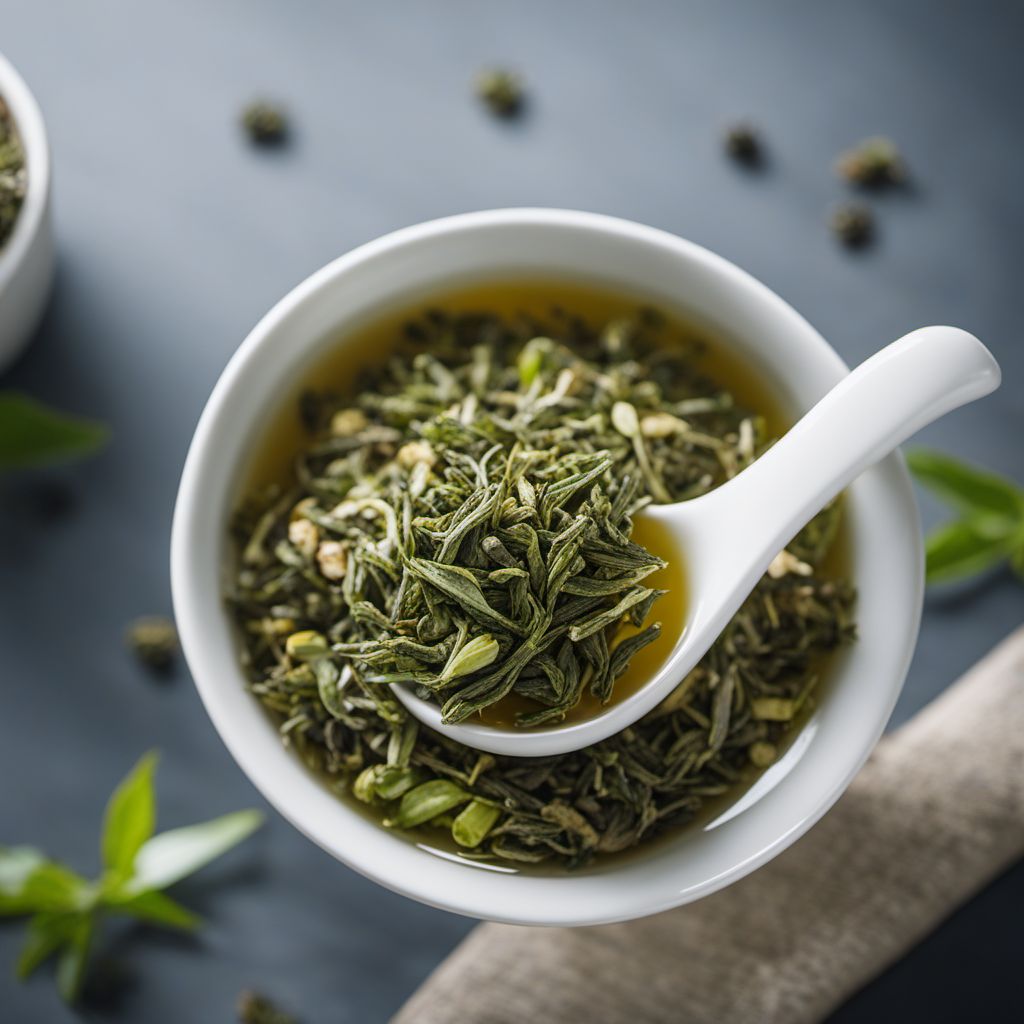
Ingredient
Non-fermented tea, infusion
The Art of Tea Infusion
Non-fermented tea infusion is a delicate and aromatic liquid obtained by steeping tea leaves in hot water. It offers a wide range of flavors, from floral and grassy to earthy and fruity, making it a popular choice for both hot and cold beverages, as well as for cooking and baking. Its versatility and ability to enhance the taste of other ingredients make it a staple in many cuisines around the world.
Origins and history
Tea has a rich history that dates back thousands of years, with its origins in ancient China. It was initially consumed for its medicinal properties before evolving into a popular beverage enjoyed for its taste and aroma. Today, tea is cultivated in various regions worldwide, including China, India, Japan, and Sri Lanka, each producing unique varieties with distinct characteristics.
Nutritional information
Non-fermented tea infusion is low in calories and rich in antioxidants, such as catechins and flavonoids, which contribute to its potential health benefits. It also contains trace amounts of minerals like potassium, calcium, and magnesium.
Allergens
Non-fermented tea infusion may contain caffeine, which can be a potential allergen for some individuals.
How to select
When selecting non-fermented tea infusion, opt for high-quality loose tea leaves or tea bags from reputable brands. Look for leaves that are whole, unbroken, and have a vibrant color. Avoid tea leaves that appear dull, dusty, or have a stale aroma.
Storage recommendations
To maintain the freshness and quality of non-fermented tea infusion, store it in an airtight container away from light, heat, and moisture. Avoid storing it near strong-smelling substances as tea can easily absorb odors. Proper storage will help preserve its flavor and aroma for an extended period.
How to produce
Non-fermented tea can be produced by growing tea plants in suitable climates, harvesting the leaves, and processing them through various methods like withering, rolling, and drying. However, producing high-quality tea requires expertise and specific environmental conditions, making it more suitable for commercial cultivation.
Preparation tips
Non-fermented tea infusion can be used in various ways, such as brewing a hot or iced tea, incorporating it into cocktails or mocktails, using it as a base for soups or broths, or infusing it into desserts like cakes, custards, or ice creams. Experiment with different types of tea to explore their unique flavors and pairings.
Culinary uses
Non-fermented tea infusion is commonly used in traditional tea ceremonies, as well as in the preparation of classic beverages like green tea, black tea, white tea, oolong tea, and herbal teas. It is also a key ingredient in dishes from cuisines such as Chinese, Japanese, Indian, British, and Moroccan.
Availability
Non-fermented tea is widely available in supermarkets, specialty tea shops, and online stores. It is cultivated and produced in countries like China, India, Japan, Sri Lanka, Kenya, and Taiwan.
More ingredients from this category
Recipes using Non-fermented tea, infusion
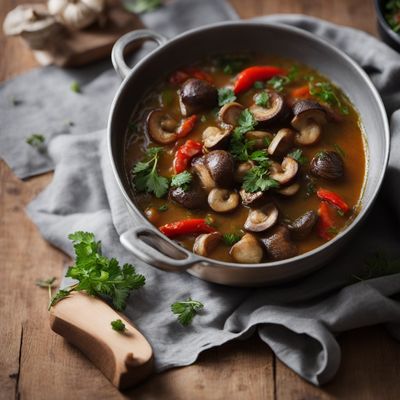
Basque-style Mushroom Stew
Savory Basque Mushroom Delight
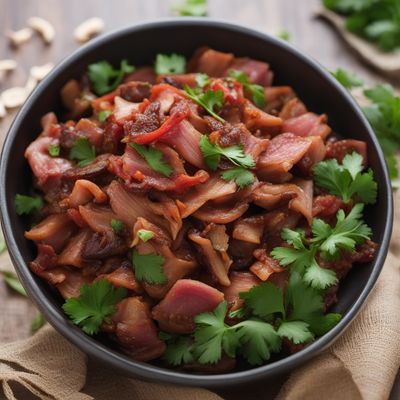
Ghanaian Mushroom and Ham Stir-Fry
Savory Mushroom and Ham Delight: A Ghanaian Twist
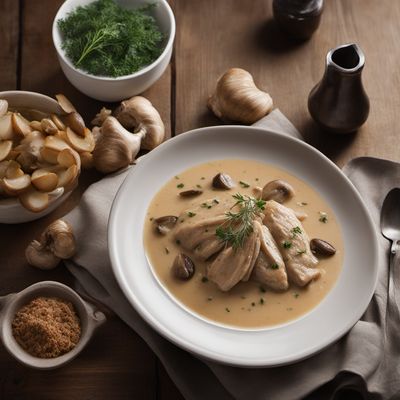
Czech-inspired Creamy Chicken and Mushroom Stew
Velvety Delight: Creamy Chicken and Mushroom Stew Czech-style
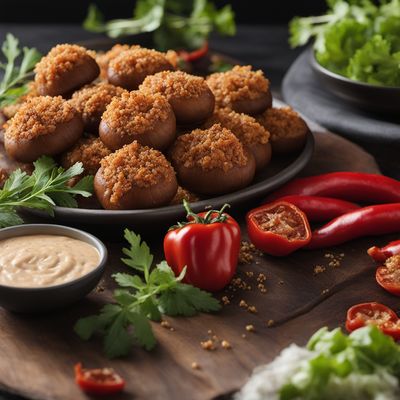
Valencian-style Stuffed Mushrooms
Mushroom Delight: Valencian-style Stuffed Mushrooms
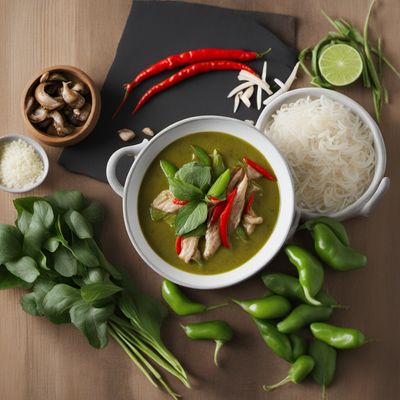
Korean-style Green Curry
Spicy and Savory Korean Green Curry Delight
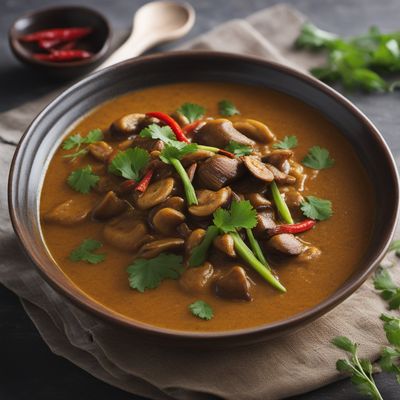
Malaysian Chinese Mushroom Curry
Spicy Mushroom Delight: Malaysian Chinese Mushroom Curry

Varaždinska Pečenka with Creamy Mushroom Sauce
Savory Croatian Pork Roast with Creamy Mushroom Sauce

